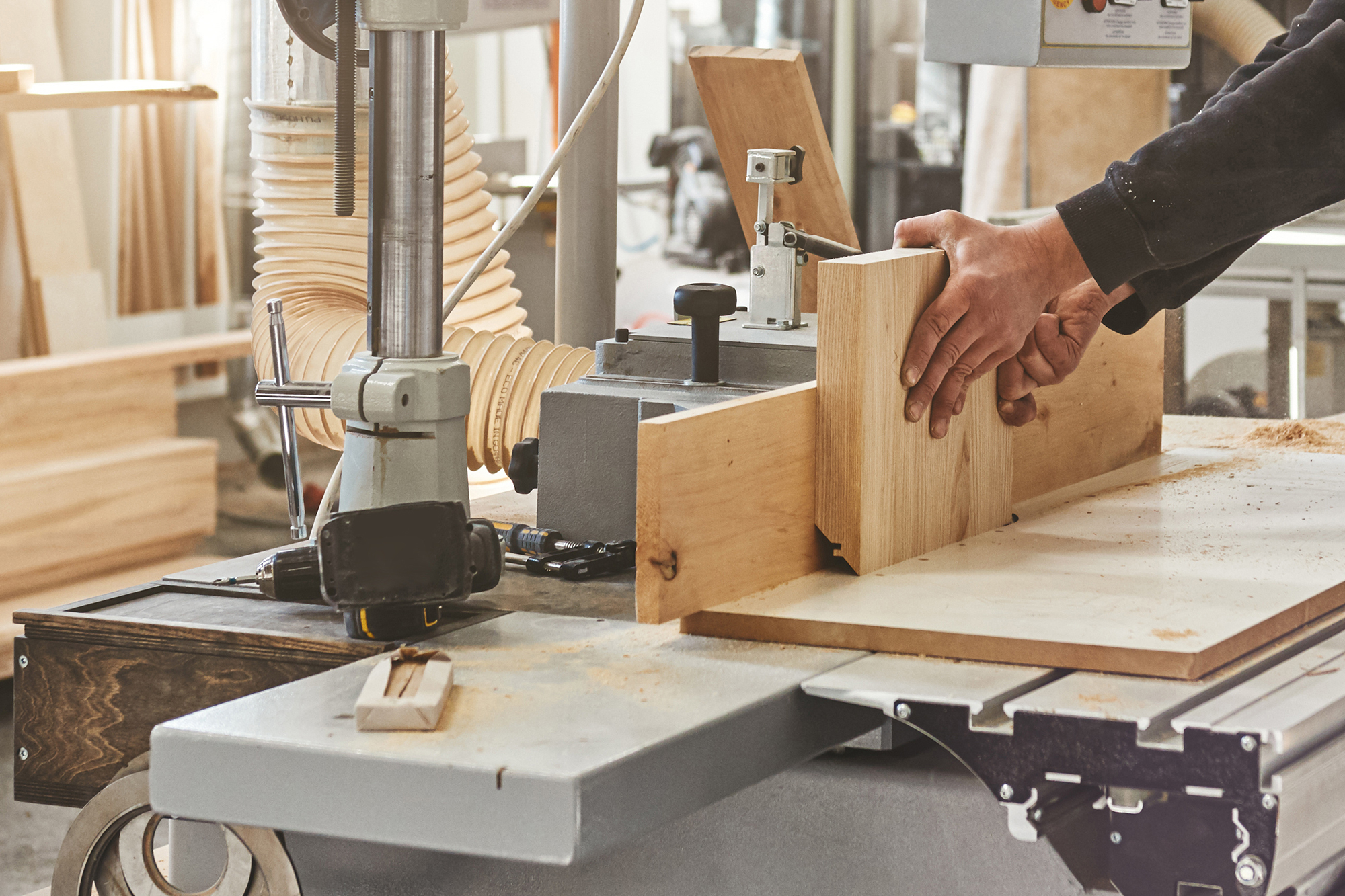
1. Prioritize Certified Wood Products
Sustainable sourcing starts with transparency. Look for cutting boards made from wood certified by reputable third-party organizations that enforce strict environmental and ethical standards.
Look for These Certification Labels:
• FSC® (Forest Stewardship Council): Ensures the wood is from responsibly managed forests that provide environmental, social, and economic benefits.
• PEFC™ (Programme for the Endorsement of Forest Certification): Focuses on sustainable forestry through independent certification systems.
• SFI® (Sustainable Forestry Initiative): Supports conservation and community-focused forestry in North America.
What to Do: Ask the seller or check the packaging for certification logos. If it’s not visible, request documentation.
2. Choose Sustainable Wood Species
Not all hardwoods are equal. Some are endangered or harvested in ways that harm ecosystems. Stick with woods that are known for being both renewable and durable.
Recommended Sustainable Woods:
• Hard Maple: A closed-grain, long-lasting option ideal for cutting boards.
• Walnut: Beautiful and rich in color, sustainable when sourced responsibly.
• Cherry: Fine-grained, ages well, and commonly available from managed forests.
• Bamboo (though technically a grass): Fast-growing and highly renewable, though check for glue content in laminated boards.
Avoid: Tropical hardwoods like teak, mahogany, or rosewood unless they are specifically certified and traceable.
3. Ask About the Manufacturing Process
How a cutting board is made is just as important as where the wood comes from. Sustainable manufacturing means minimizing waste and using non-toxic materials.
Key Questions to Ask Sellers or Brands:
• Is the board finished with food-safe oils like mineral oil or beeswax?
• Are adhesives and glues non-toxic and formaldehyde-free?
• What happens to offcuts and wood waste?
• Is the board made locally or imported?
Boards made in small batches by local artisans often have a lower environmental footprint and higher craftsmanship.
4. Understand Packaging and Shipping Impact
Sustainability doesn’t stop at the board itself. Look at the full product lifecycle—including how it’s packaged and shipped.
• Minimal or recycled packaging is preferable.
• Locally made boards reduce emissions from long-distance shipping.
• Carbon-offset shipping options are a plus, especially for online purchases.
Tip: When possible, buy from local woodworkers or retailers who source from nearby forests.
5. Consider Reclaimed or Salvaged Wood
For an even greener option, consider cutting boards made from reclaimed hardwood. These use wood salvaged from old buildings, furniture, or manufacturing scraps—reducing the need for new logging altogether.
Reclaimed boards often have unique character and can be a conversation piece in addition to being eco-friendly.
6. Longevity = Sustainability
The longer a product lasts, the fewer resources are needed to replace it. Sustainable cutting boards should be:
• Thick and well-constructed to resist warping
• Easily refinished (a sanding and oiling can make them like new)
• Repairable rather than disposable
Pro Tip: Choose end-grain boards for heavy-duty use—they’re gentler on knives and self-healing.
7. Final Checklist: What to Look For
| Criteria | What to Look For ✔ |
|---|---|
| Certified Wood | FSC®, PEFC™, or SFI® logo on product |
| Sustainable Species | Maple, walnut, cherry, bamboo |
| Eco-Friendly Finishes | Food-safe oils, non-toxic glues |
| Local Manufacturing | Reduced carbon footprint |
| Minimal Packaging | Recycled or recyclable materials |
| Reclaimed Option | Optional, for ultra-low impact |
| Durable Build | Thick, sturdy, long-lasting design |
Conclusion: A Smarter Board for a Better Planet
When you buy a sustainable hardwood cutting board, you’re doing more than preparing food—you’re supporting healthy forests, ethical labor, and eco-conscious craftsmanship. Whether you’re a home cook, retailer, or professional chef, your purchase can make a lasting impact.
Choose wisely. Choose sustainably.